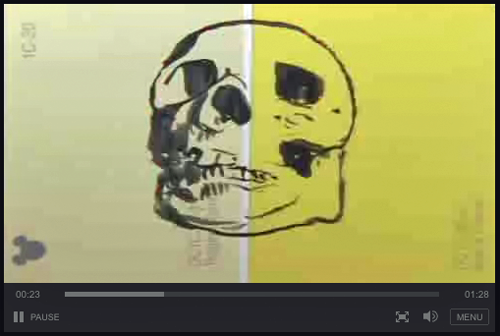Talk about the future of journalism often takes on a victim-istic tenor. [But] there’s poetic sensibility in his [David Schlesinger’s] words:
Knowing the story is not enough. Telling the story is only the beginning. The conversation about the story is as important as the story itself.
[…] Along this line, he clearly sees Reuters embracing social media:
What is great about 2010 is that technology has created a completely new concept of community. And it has given that community new powers to inform and connect.
[…] Schlesinger goes on to say the Reuters model will combine the best of both worlds, “the professionalism of the journalist and the power of the community.” Underpinning the Reuters approach, storytelling remains a core tenant as Schlesinger shares:
If we have learned anything from these past two years, it has been that pure facts are not enough. Pure facts don’t tell enough of the story; pure facts won’t earn their way… We’ve been drowning in facts, and that deluge continues to threaten.
[…] What Schlesinger has written is more than an insider’s look at Reuters adjusting to a digital world that puts the consumer in charge.It’s a manifesto for news organizations around the world.(Ishmael’s Corner)
Lou Hoffman’s post about the merits of storytelling communities (ie. nexus of conversations provoked by a story) is a thoughtful and refreshing counterpoint to the woe-is-me grumbling we hear so much lately.
He is reacting to David Schlesinger’s post, “Changing Journalism; Changing Reuters”, and I’ve excerpted some of the most compelling thoughts from both of them above. (Note: I’ve condenced their paragraphs to simplify the layout.)
This notion that the future of journalism — and to a large degree, storytelling, in general — lies in sharing, interaction and community is thrilling. And it’s totally accurate. One-way information is dying. Journalism and storytelling will become more democratic in the process, allowing a much broader conversation to replace the top-down approach that has long prevailed. Citizen participation. Citizen journalism. Open source journalism! It’s exciting. And it poses all sorts of new challenges. Fact checking, for example. And curatorship. As more and more content is generated and aggregated from increasingly diverse sources, it will become more and more inportant to sort, organize and filter the flow if information. This challenge of curatorship will be one of the critical areas of innovation over the next decade.
And last but not least, Schlesinger’s comment about the limitations of facts, reminded me of that old story about two beautiful young maidens, Truth and Story… Let’s see if I can find it!
Like this:
Like Loading...
















